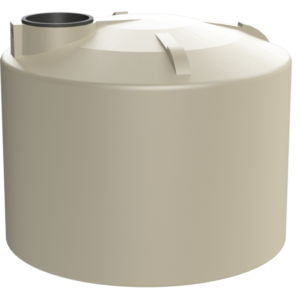Rainwater tanks are not just a way to reduce your water bill and increase water security — they also have other environmental benefits. A single tank can capture up to 25,000 litres of water in one drop, which is worth around $20-$45 in rainwater savings. Conserving rainwater reduces the need for dam water, lessening the burden on valuable water resources. Capturing stormwater also reduces run-off and sediment pollution, and may improve stream quality for aquatic species.
- Rainwater tanks can also help reduce the demand for groundwater supplies. In areas where groundwater is already stressed or overused, a water tank pump can provide a supplementary water supply that reduces the need to pump aquifers during droughts. This in turn helps prevent land subsidence and the degradation of riverine wetlands.
- Although rainwater tanks can be lined with clay, they are usually either constructed using earth, filled with sand and gravel or lined with plastic. Earth tanks contain less of the contaminants that lead to contamination by leachate, soil erosion and runoff.
- The type of material used to form a tank is also important: clay-lined tanks can accumulate moisture which can lead to the growth of bacteria that produce methane gas — a potentially explosive gas that could cause fires.
- Rainwater tanks can also provide a source of water for native wildlife and other beneficiary species. These tanks help to maintain biodiversity as they are located in protected areas and are protected from vandalism or even infestation by urban pests such as rats.
To make sure your tank is environmentally friendly, do dyour homework first.


